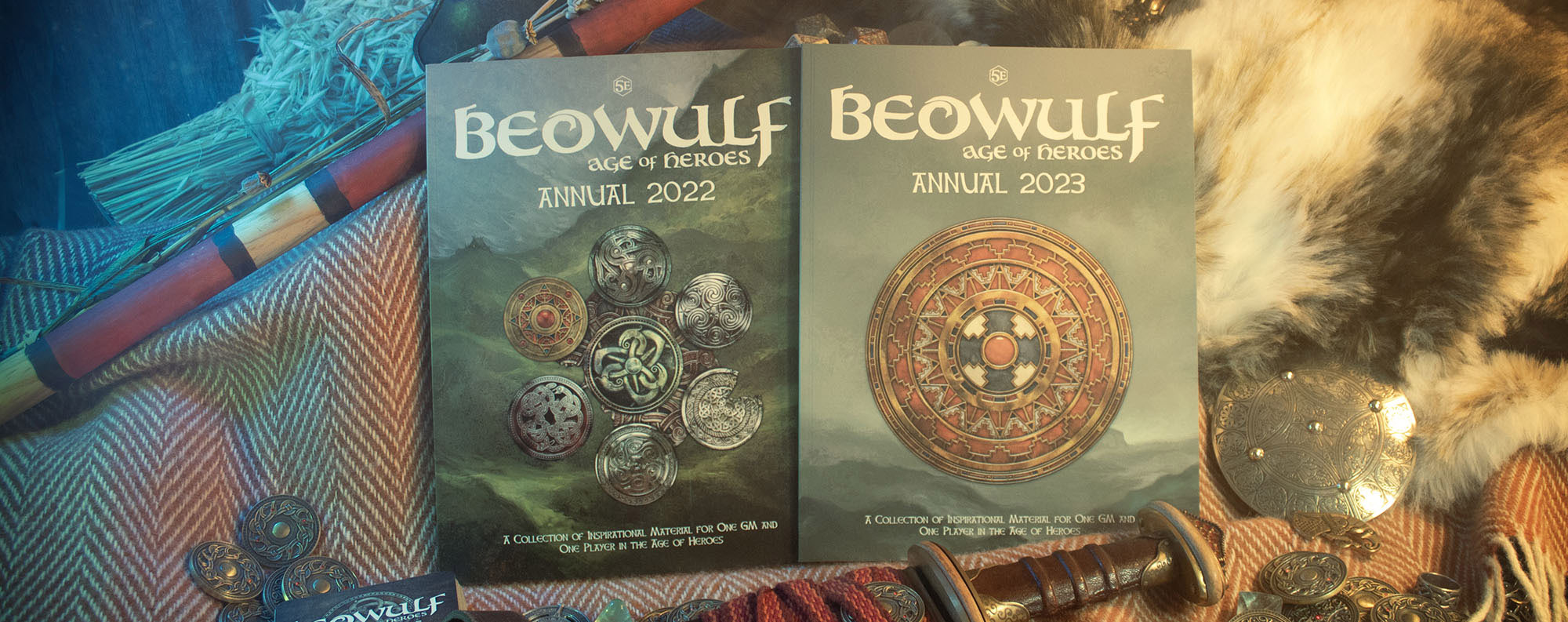
With Splinter Five now out we’d love to show you more close ups of the amazing art by Scott Purdy, but since it’s the final part of the scenario it’s all a bit spoilery. So let’s instead talk about the rules innovations that Morgue reveals in this final Splinter.
Firstly there’s new uses for Desperation. Desperation replaces Inspiration in FiveEvil, and it works in reverse. You take on the debt of Desperation to do things you’d do with Inspiration, and you’ll have to pay it back later. In Splinter Five, Morgue outlines some more of the things you can do with Desperation.
When you’re really up against it, the temptation to take a desperation point, which you’ll have to shed later by enacting predefined parts of your character (or suffer more later), becomes *really* tempting.
This gears *beautifully* into the rising DC via the Intensity mechanic, and creates this manic feel as things get worse and worse and your characters will take on these debts in order to survive.
An other major reveal in Splinter Five is “the verge”. This is really smart. The verge is the imaginary space where monsters “live” before the PCs encounter them. It allows them to move in parallel to the players, making checks, existing fully, but without revealing themselves. It’s a neat way of framing things, and keeps unseen enemies in motion while the scenario is happening. It’s some cool stuff!
Lastly Morgue details Hunt Encounters: a structure for play when the PCs are being hunted: a common trope in horror scenarios and a very necessary set of rules. While you can freestyle such encounters, offering a mechanical structure really brings something to the tension, and again meshes gears beautifully with the Intensity mechanic.

